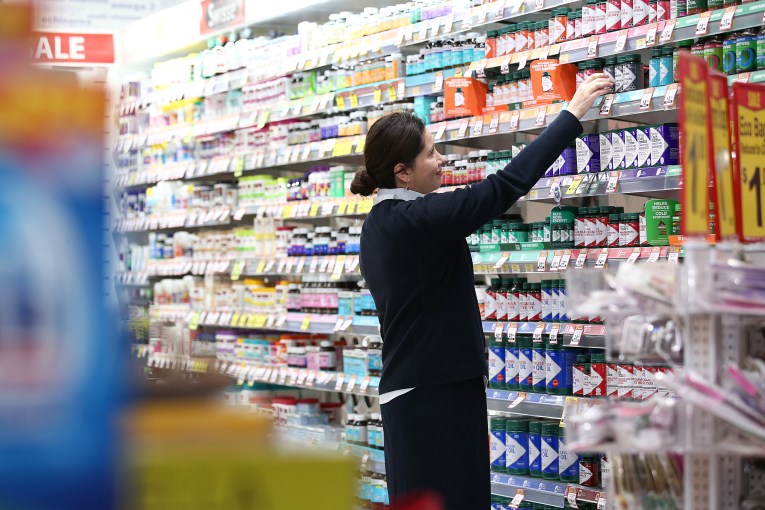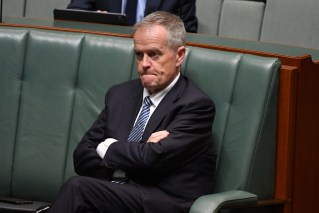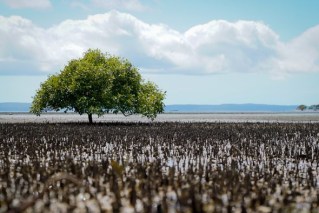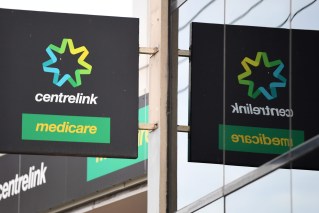Regions in front line of Australia’s renewable ‘industrial revolution’
The transition to renewable energy is an “industrial revolution to a timetable” and regional Australia is on the front line of change, a national summit has been told.
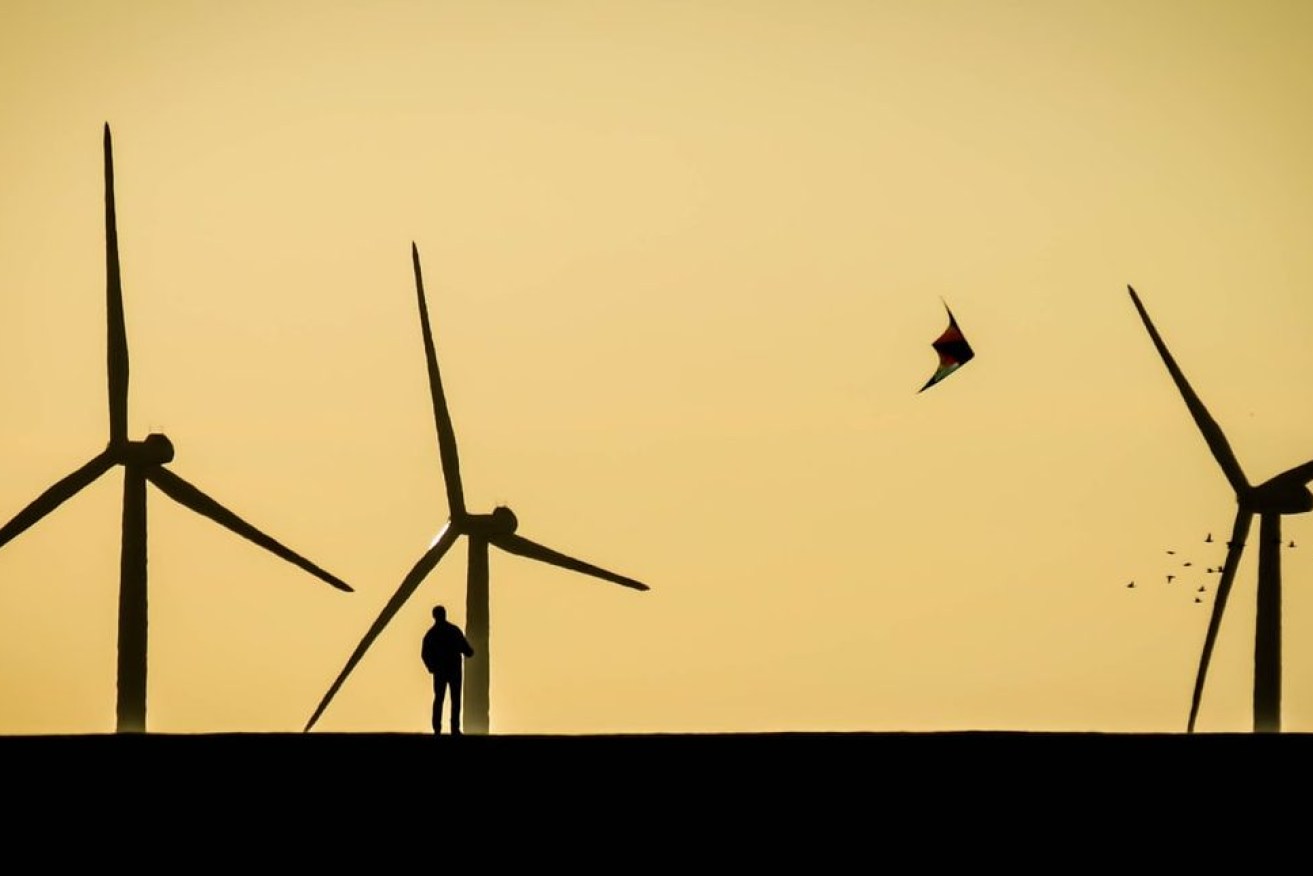
The Banana Ridge wind farm has progressed
Tony Wood, the Grattan Institute’s energy and climate change program director, said no section of the Australian economy would be untouched by the energy shift.
“We are going to turn our 100-year-old electricity system on its head in 30 years,” Mr Wood told the Regional Australia Institute event in Canberra.
“We’re going to take a 200-year-old gas system and basically get rid of it. We’re going to reinvent the way we make aluminium, steel, concrete, cement, explosives and fertilisers.
“We will fundamentally change the way we transport ourselves and the stuff we buy and consume.
“This is a dramatic change. We’ve called it an industrial revolution to a timetable.”
Merryn York from the Australian Energy Market Operator said solar energy was expected to increase five-fold by 2050, while storage would grow by a factor of 30.
Capacity for renewable energy would at least double every decade, she said.
National Farmers’ Federation president Fiona Simson said the agriculture sector was “ambitious and bullish” about renewable energy and cutting emissions, including through better land management to sequester carbon.
Regional communities needed to be at the centre of conversations about energy and planning, Simson said.
“They are the ones that will be hosting the five-kilowatt pylons in their backyard and they’re the ones who are not going to be benefiting from it in the short-term.
“I’ve travelled right around Australia talking to communities that have been lumped with developments and they’ve had no input at all.
“If we do it like that again, then communities will buck up and we will have complete resistance.”
The summit, which continues on Wednesday, is exploring the institute’s vision to grow the regions by 1.5 million people by 2032 by improving jobs, education, health, energy, transport and climate resilience.
Regional Development Minister Catherine King said the federal government wanted to collaborate with councils and communities to get the best outcomes for country Australia.
“Different regions have different strengths, challenges, needs and opportunities, and factors that affect economic and social prosperity,” Ms King said.
“The needs of the Hunter are different to those of the Pilbara. What works in Bendigo may not fit comfortably in Bundaberg. Development opportunities in Darwin are different to those in Devonport.”
